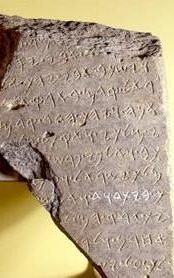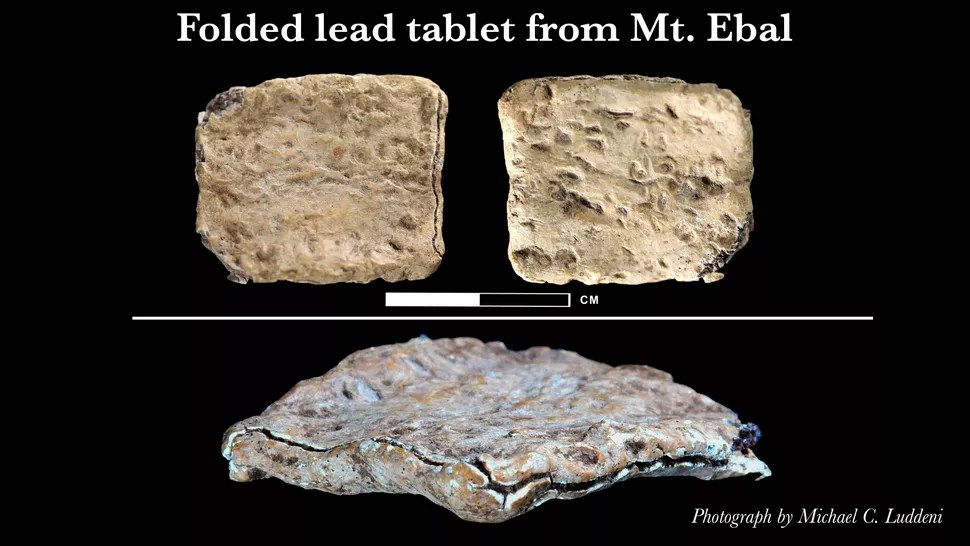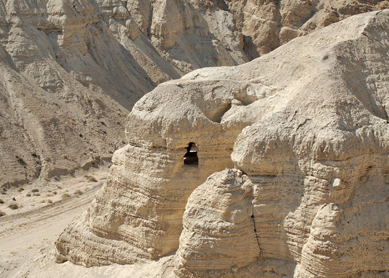We all know that truth matters. Jesus is the truth; the truth will set us free; and Satan has no truth in him at all (John 1.14, 17; 8.32, 44). But, sometimes, we might be tempted to throw up our hand and ask along with Pilate “What is the truth?” (John 18.37). There’s a lot out there and we can’t know everything. A lot of the time we’re left to depend on other folks to determine if something is true (I may know what Bernoulli’s principle is, but I trust a whole lot of other people when I get on a plane). We have to be careful, though, because there’s a temptation when we don’t know a lot to default to the conclusion that fits our understanding, regardless of whether it’s right.
This tendency is true in a lot of areas, but I’m not really worried about those! I am, however, more concerned when it has to do with biblical things. I think that we have to be careful in what we say, share, and repeat, because we want to be known as trustworthy witnesses in all things so that folks will listen to us about the Gospel. However, there are a lot of times I’ll see folks say, share, or repeat something about the Bible that sounds really cool, but is actually untrue. I think that harms our witness. Nowhere does this happen more than with archaeology and word studies. I’ll talk about the first today, and the second later.

Archaeology is super cool, and there’s a lot of amazing things out there that help fill in the color of the biblical stories, help enlighten our readings of various historical episodes, and even prove the possibilities of specific persons or events. But archaeology can’t “prove” the Bible, and any story that starts out saying that it will should be a warning that you’ll want to employ caution! Archaeology has a long history of using sensationalism to raise money and get free publicity, and Bible believers are often viewed as “easy marks.”
Past Examples where caution was warranted:
- The Gospel of Jesus’ Wife (an incredible story how even people who are really smart about the Bible but don’t have specialized training in even more specialized studies like epigraphy can be fooled or roped into forgeries!)
- Museum of the Bible’s Fake Dead Sea Scroll Collection (the MOB wanted to build an exhibit of DSS quickly, and cut corners to do so by buying from private collections even against warnings… after displaying these fragments in a special exhibit hoping to help prove the Bible and increase faith in the text… they were discovered to all be forgeries. Which is less than ideal as a faith-building exhibit. You know, in addition to funding terrorism and opening conservative Christian to scorn from the world…)
- The Darius Ostracon (This never got rolling too quickly because it was identified as a good-faith forgery quickly, but it still demonstrates the problems that come when news stories get ahead of scholarship and processes)
Current Examples for where we should be careful:
- Mount Ebal Curse Tablets (one of the biggest stories to come out in archaeology lately, this got a lot of press… but the process hasn’t been standard. This one is a big enough deal I might make an entire post on it, but for now I think we need to be very cautious.
- Sodom and Gomorrah Identifications (this started getting press late last year, but more and more information just keeps lining up to suggest that we this doesn’t seem likely to pan out).
Suggestions for when to be cautious:
- Is the story being written by or published on a site that deals with archaeology a lot (BAR/S, for example) or someone with a positive track record when dealing with archaeology (Todd Bolen for general archaeology; Christopher Rollston for epigraphy; my cousin, Luke Chandler, for a thoughtful historical and archeological take with a lot of experience])? If so, you’re probably safer than if it’s coming from somewhere or someone else.
- Is this another version of the same old sensationalism? Is it saying it’s found Noah’s ark? Chariot wheels in the Red Sea? The Ark of the Covenant? Some inscription that promises to prove it all? If so, be very careful–history is against them.
- Were the artifacts discovered at an official dig run by a competent and proven archaeologist? Do we have a chain of evidence? If not, steer clear–the chance of forgeries is incredibly high (many publications have stopped allowing “private finds” to be published because they’ve been so often found out as forgeries).

Now, look, I get it. All of this caution can come across as being a negative Nancy. Archaeology is exciting and we like exciting things… and here I come and rain on the parade! “Jared, you must just hate the Bible!” Actually, it’s because of my love for the Bible and a desire to be a true witness that I am cautious about these sorts of things–we should test the spirits to see if they are true. And our desire to find the next Big Thing that helps demonstrate the Bible’s historical accuracy shouldn’t excuse peddling credulous falsehoods. We have to be careful in doing that so that we don’t end up coming across as people who don’t care about the truth if it gets us the answer we want. Truth matters. Process matters. And we should hold those who make such claims–especially who are coming from faith backgrounds and trying to prove the Bible’s claims to be true–to high standards.
Sure, all of this can be boring and not nearly as exciting as if that one Big Thing were true that we so desperately want to be true. I don’t think any of us want to be like the person who I saw comment on a Facebook post about the Bible and said “I don’t care if it’s true. It preaches well.”
